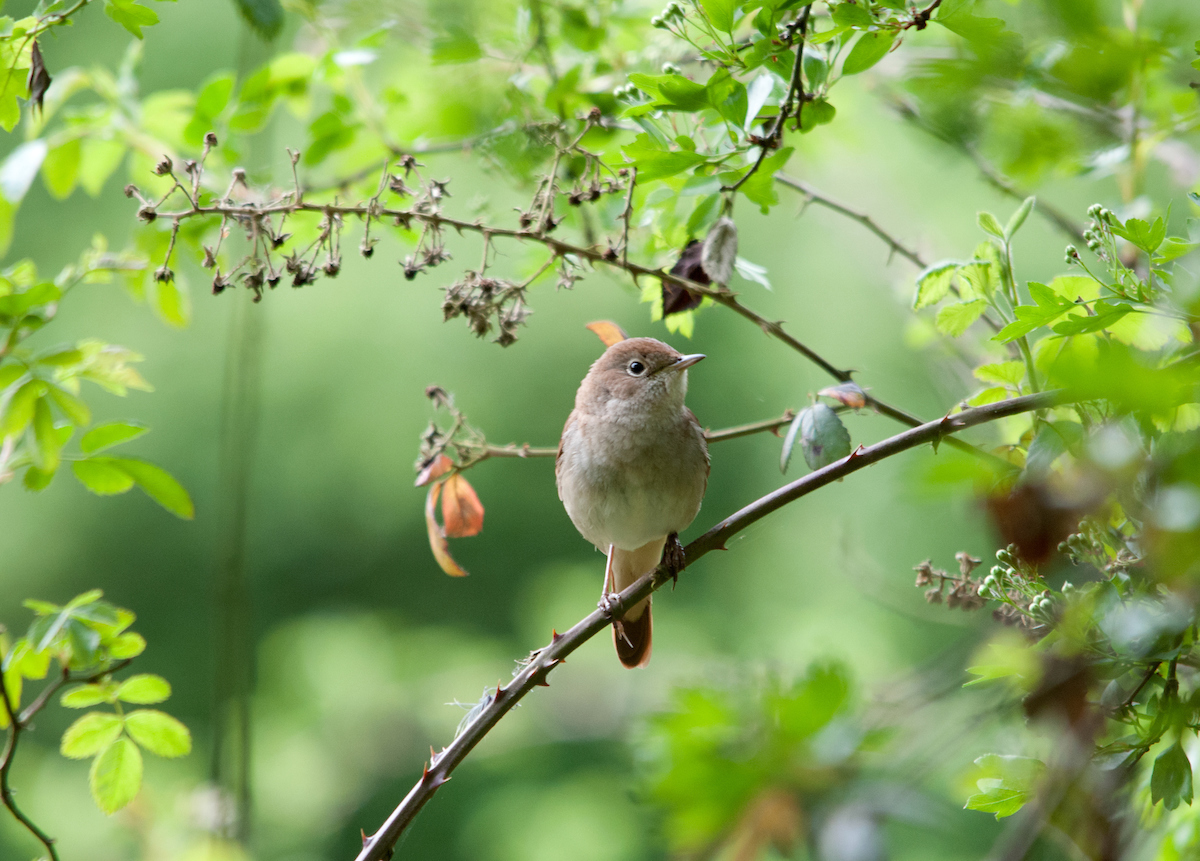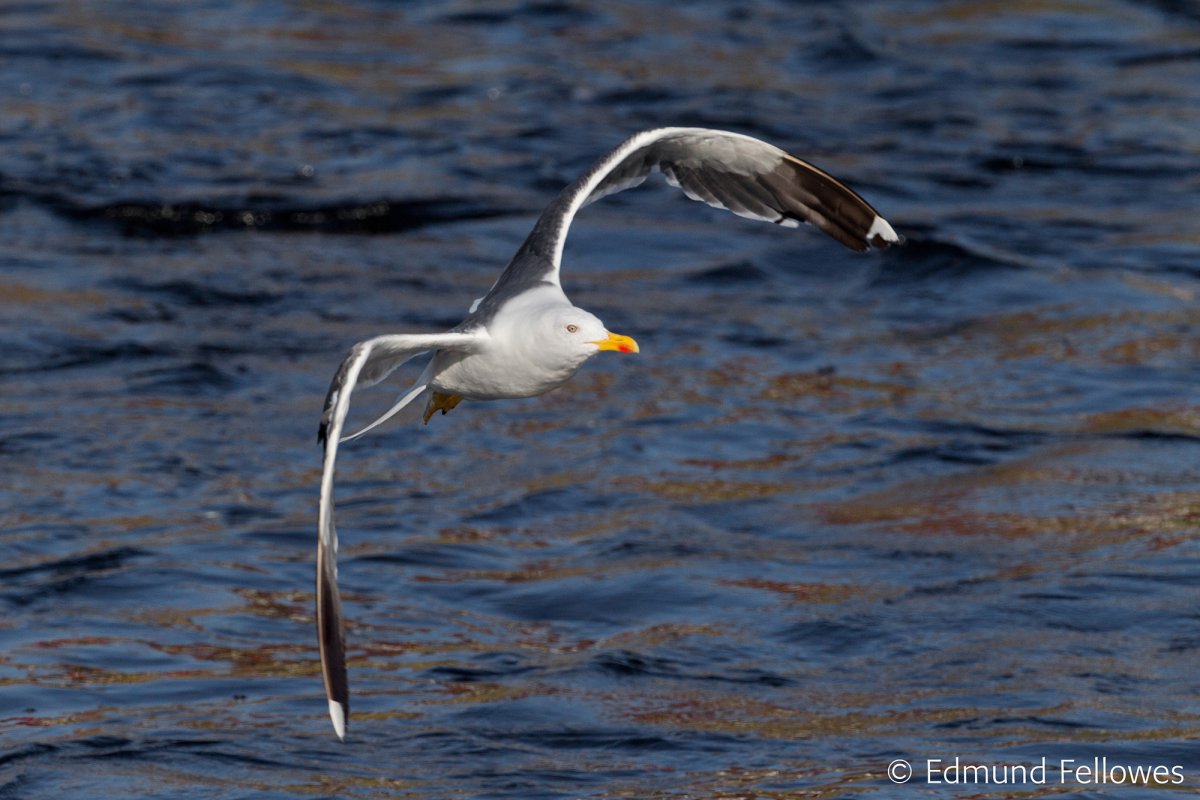BTO create and publish a variety of important articles, papers, journals and other publications, independently and with our partners, for organisations, government and the private sector. Some of our publications (books, guides and atlases) are also available to buy in our online shop.
Annual report of the Seabird Monitoring Programme
Seabird Population Trends and Causes of Change: 1986–2023
This report presents the latest seabird population trends in breeding abundance and productivity using data from the Seabird Monitoring Programme (SMP).
The report documents changes in the abundance and productivity of breeding seabird species in Britain and Ireland from 1986 to 2023, and provides a detailed account of the 2021, 2022 and 2023 breeding seasons.

Search settings
Assessing habitat use of Herring Gulls in the Morecambe Bay SPA using GPS tracking devices
Author: Chris B Thaxter, Gary Clewley, Lee Barber, Greg J Conway, Nigel A Clark, Emily S Scragg, Niall H K Burton
Published: 2018
Number of coastal Herring Gull populations have reduced markedly in recent years. The breeding gull colony of the South Walney and Piel Channel Flats Site of Special Scientific Interest (SSSI), within the Morecambe Bay and Duddon Estuary potential Special Protection Area (pSPA), is of national and intermational importance for its number of Herring Gull Larus argentatus and Lesser Black-backed Gull Larus fuscus.
05.02.18
Reports
Assessing the habitat use of Lesser Black-backed Gulls (Larus fuscus) from the Bowland Fells SPA - ANNEX 1 - 2017 update
Author: Gary D Clewley, Emily E Scragg, Chris B Thaxter, Niall H K Burton
Published: 2018
This annex to BTO Research Report 694 (Clewley et al. 2016) presents a summary update for 2017 on the results of a GPS tracking study of Lesser Black-backed Gulls Larus fuscus breeding in the Bowland Fells Special Protection Area (SPA).
05.02.18
Reports
Improving understanding of the possible relationship between improving freshwater and coastal water quality and bird interest on designated sites - phase 1 review
Author: Henrietta E K Pringle, Niall H K Burton
Published: 2018
Over the past 50 years there has been widespread improvement in water quality in many freshwater and coastal systems driven by domestic and European legislation, most recently the EU Water Framework Directive (EC Directive 2000/60/EC), but also including the Urban Waste Water Treatment Directive (EC Directive 91/271/EEC) and Bathing Water Directive (EC Directive 76/160/EEC).
05.02.18
Reports
Estimating national population sizes: Methodological challenges and applications illustrated in the common nightingale, a declining songbird in the UK
Author: Hewson, C.M., Miller, M., Johnston, A., Conway, G.J., Saunders, R., Marchant, J.H. & Fuller, R.J.
Published: 2018
Large-scale population estimates of species are used for several reasons, including the assessment and protection of important sites. However, determining a national population requires extensive surveying and using methods that allow counts to be scaled up to the number of birds actually present and across a larger area.
05.02.18
Papers

Dodging the blades: new insights into three-dimensional space use of offshore wind farms by lesser black-backed gulls Larus fuscus
Author: Thaxter, C.B., Ross-Smith, V.H., Bouten, W., Masden, E.A., Clark, N.A., Conway, G.J., Barber, L., Clewley, G.D. & Burton, N.H.K.
Published: 2018
Initial findings suggest that Lesser Black-backed Gulls in north-west England fly within wind farms, but may avoid wind turbines once there.
25.01.18
Papers
